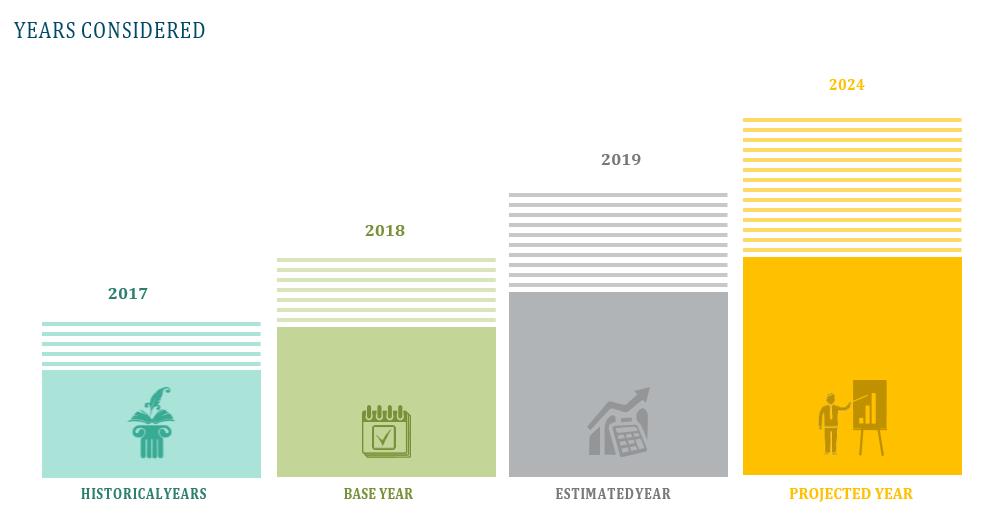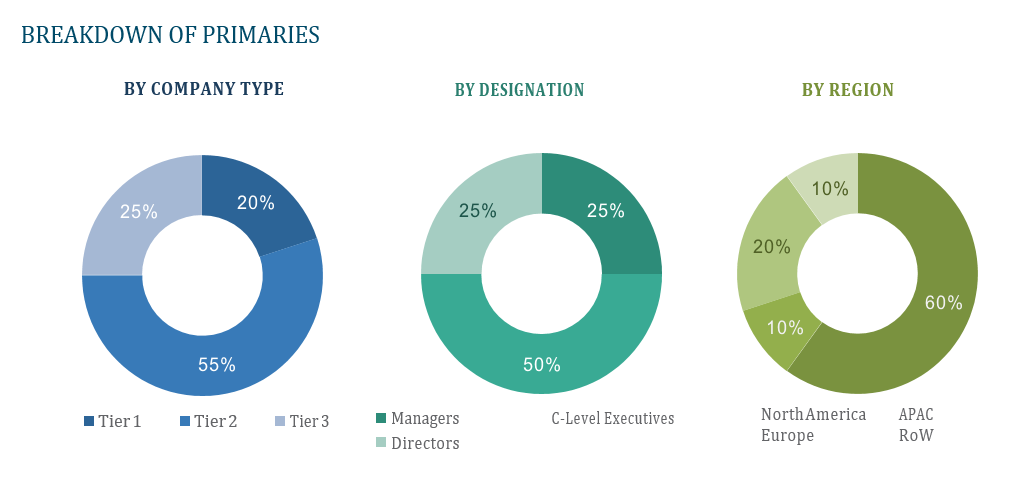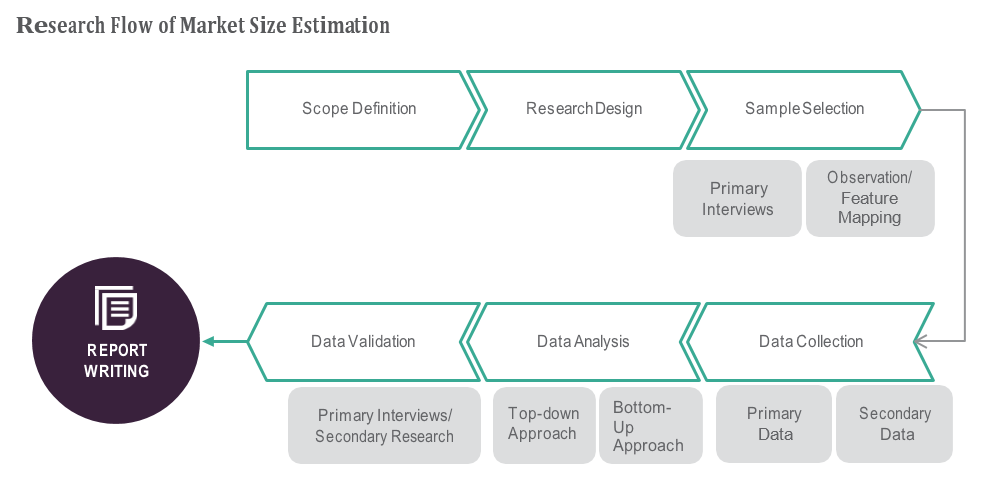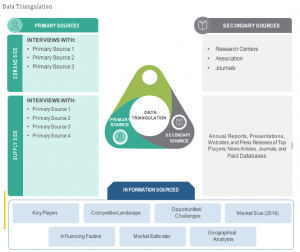OVERVIEW
The global market size of gas engines is projected to reach USD 5.32 billion by 2024, increasing at a CAGR of 5.67% during the forecast period. Increasing demand for clean and efficient power generation technologies and the introduction of stricter emission regulations are driving the growth of the gas engine industry.








TABLE OF CONTENT
1 Global Gas Engines Market – Overview
1.1 StudyObjectives
1.2 MarketDefinition
1.3 Study Scope
1.3.1 MarketsCovered
1.3.2 GeographicScope
2 RESEARCHMETHODOLOGY
2.1 ResearchData
2.1.1 SecondaryData
2.1.1.1 Key Data From SecondarySources
2.1.2 PrimaryData
2.1.2.1 Key Data From PrimarySources
2.1.2.2 Key IndustryInsights
2.1.2.3 Breakdown ofPrimaries
2.2 Market SizeEstimation
2.2.1 Bottom-UpApproach
2.2.2 Top-DownApproach
2.3 Market Breakdown and Data Triangulation
2.4 ResearchAssumptions
3 Global Gas Engines Market – Executive Summary
3.1 Market Revenue, Market Size and Key Trends by Company
3.2 Key Trends by type of Application
3.3 Key Trends segmented by Geography
4 Global Gas Engines Market – Comparative Analysis
4.1 Product Benchmarking – Top 10 companies
4.2 Top 5 Financials Analysis
4.3 Market Value split by Top 10 companies
4.4 Patent Analysis – Top 10 companies
4.5 Pricing Analysis
5 Global Gas Engines Market – Industry Market Entry Scenario
5.1 Regulatory Framework Overview
5.2 New Business and Ease of Doing business index
5.3 Case studies of successful ventures
5.4 Customer Analysis – Top 10 companies
6 Global Gas Engines Market – MarketForces
6.1 Introduction
6.2 Market Dynamics
6.2.1 Drivers
6.2.2 Opportunities
6.2.3 Challenges
6.3 Porters Analysis of Market
6.3.1 Bargaining power of suppliers
6.3.2 Bargaining powers of customers
6.3.3 Threat of new entrants
6.3.4 Rivalry among existing players
6.3.5 Threat of substitutes
7 Global Gas Engines Market – Strategic Analysis
7.1 Value Chain analysis
7.2 Product Life Cycle
7.3 Supplier and distributor analysis (Market share and product dealing strategies)
8 Global Gas Engines Market – By Fuel Type(Market Size – & million/billion)
8.1 Natural Gas
8.2 Special Gas
8.3 Others
9 Global Gas Engines Market – ByPower Output
9.1 0.5–1 MW
9.2 1–2 MW
9.3 2–5 MW
9.4 5–10 MW
9.5 10–20 MW
10 Global Gas Engines Market – ByApplication
10.1 Power Generation
10.2 Cogeneration
10.3 Mechanical Drive
10.4 Others
11 Global Gas Engines Market – ByEnd-User
11.1 Utilities
11.2 Oil & Gas
11.3 Manufacturing
11.4 Others
12 Global Gas Engines Market – By Geography (Market Size – & million/billion)
12.1 Introduction
12.2 NorthAmerica
12.2.1 US
12.2.2 Canada
12.2.3 Mexico
12.3 Europe
12.3.1 U.K
12.3.2 Germany
12.3.3 Italy
12.3.4 France
12.3.5 Spain
12.3.6 Rest of Europe
12.4 Asia-Pacific
12.4.1 China
12.4.2 Japan
12.4.3 India
12.4.4 SouthKorea
12.4.5 Rest ofAPAC
12.5 Rest of the World
12.5.1 SouthAmerica
12.5.2 MiddleEast
12.5.3 Africa
13 Global Gas Engines Market – Entropy
13.1 New product launches
13.2 M&A’s, collaborations, JVs and partnerships
14 Global Gas Engines Market Company Profile (Key Players)
14.1 Market Share, Company Revenue, Products, M&A, Developments
14.2 Caterpillar
14.3 Wärtsilä
14.4 Siemens
14.5 Kawasaki Heavy Industries, Ltd.
14.6 Mitsubishi Heavy Industries, Ltd.
14.7 Rolls-Royce Holdings
14.8 Cummins
14.9 MAN SE
14.10 Ningbo C.S.I Power & Machinery Group Co., Ltd.
14.11 JFE Engineering Corporation
14.12 Company 11 & more
15 Global Gas Engines Market – Appendix
15.1 Sources
15.2 Abbreviations













